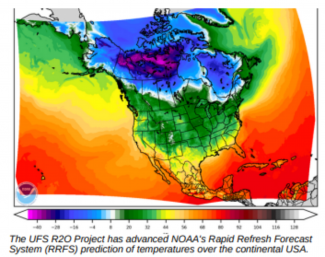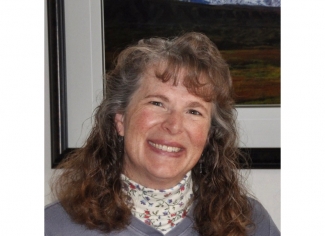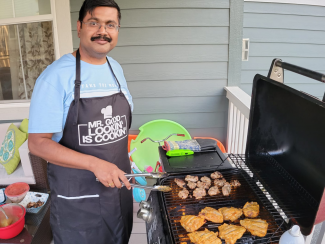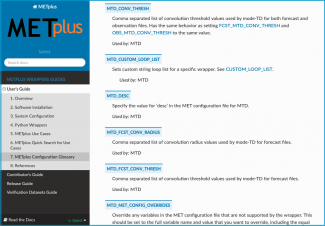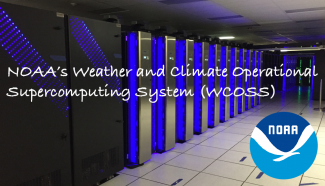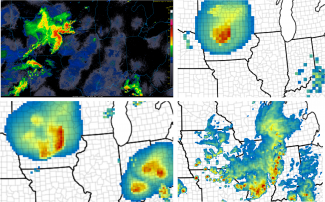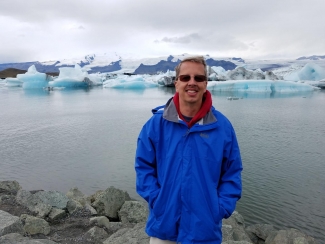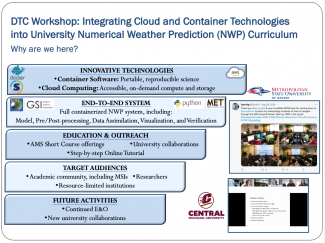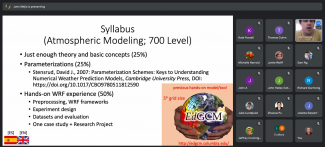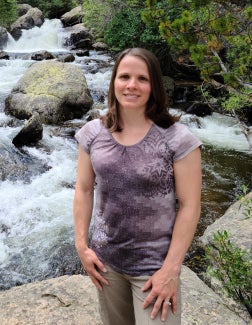Mrinal Biswas was born and raised in Durgapur, West Bengal, India, a small industrial town. He was raised by a Civil Engineer father while his mother took care of him and his sister. He enjoyed school but even more enjoyable was the time he played outdoors with his friends late into the evening. He was fascinated with anything electronic from radios to vinyl record players, even watches, disassembling them while his mom took his sister to school and quickly re-assembling them before she returned. It made him feel like an “engineer.” Once, he was playing with a speaker and connected the two ends of the wires from the speaker to a 1.5 V battery (DC). It made such a feeble sound, he decided instead to connect them to a 220 V electrical outlet (AC). Although the experiment was successful in that it was certainly louder, he didn’t expect the explosion of sparks from the short circuit he’d caused.
So, it comes as no surprise that Biswas entertained the notion of becoming an engineer. He often visited the Durgapur Steel Plant where his father worked, awed by the towering blast furnaces that served as the backbone of the factory.
Ultimately, he attended Banaras Hindu University in Varanasi, India and studied Physics, Geology, and Mathematics for his Bachelor’s degree. During that period, he became attracted to Geophysics because it was an applied field, and soon after, he enrolled in their M.Sc (Tech) program. But a drastic turn of events would shift his educational focus to meteorology.
A severe cyclone made landfall in Odisha in the eastern part of India, during which ten thousand people lost their lives. At that time, local area managers were unprepared for a cyclone of that magnitude. The disaster and emergency management teams were not able to grapple with the damage. And, because the forecasting was so poor, no one had time to prepare an effective strategy for evacuation. The overwhelming damage and loss caused by this event had a significant impact on Biswas, and he knew that meteorology was a discipline where he could make a difference. Coincidentally, his meteorology teacher held a class on tropical cyclones which further honed his interest, and tropical cyclones became his new passion.
After earning his Masters degree, he was hired as a Research Associate at the Center for Atmospheric Sciences, Indian Institute of Technology, New Delhi, India. It was there that he was introduced to supercomputers and learned to run MM5. He then moved on to the Indian Institute of Tropical Meteorology, Pune, India in 2002 to pursue a PhD. He was working on a project to study the nonlinear interaction in the energetics of monsoon, but fate had other plans. He was offered the opportunity to work with the renowned (late) Prof T. N. Krishnamurti of Florida State University (FSU), Tallahassee to work on multimodel superensemble for hurricanes, which was irresistible. His dream of studying tropical cyclones was finally becoming a reality.
After moving to the USA in 2003, he performed real-time hurricane forecasting over the Atlantic basin, passing the FSU superensemble outputs to the National Hurricane Center (NHC) in Miami. His team was able to provide the most accurate forecasts for the 2004 hurricane season, which still stands as the highlight of his early career. He continued to improve the quality and usability of the model. The HFIP-Corrected Consensus Approach (HCCA) model developed by NHC is based on superensemble methodology.
Biswas was first introduced to NCAR when he attended a WRF tutorial, and then the first Hurricane WRF (HWRF) tutorial in 2010. He was so impressed with the knowledge and dedication of the scientists at NCAR that he made the decision to join the group in 2011. He continued to hone his expertise with the HWRF model. Growing his expertise and collaborating at the DTC provided him an unique opportunity to feel he was helping people in a tangible way. As a result of this career trajectory, he was asked to join the teaching team for the second HWRF tutorial.
He now answers questions from the user community, replying to all the questions for the HWRF and GFDL vortex tracker public release codes. A great deal of testing and evaluation work continues as well. Biswas became involved in the Model Evaluation Tool (MET) plus software and contributed to use cases. He is currently working on the Hurricane Analysis and Forecast System (HAFS), which involves regression testing, testing with different physics options, and diagnostic evaluation. Bringing research innovations into operations and vice versa continues to be the most rewarding aspect of his work.
When not evaluating model performance, he and his wife enjoy their two daughters (7 & 2), kitchen adventures with risky recipes, and digging into the occasional DIY project. Traveling, once COVID-19 concerns recede, will be a welcome diversion.
